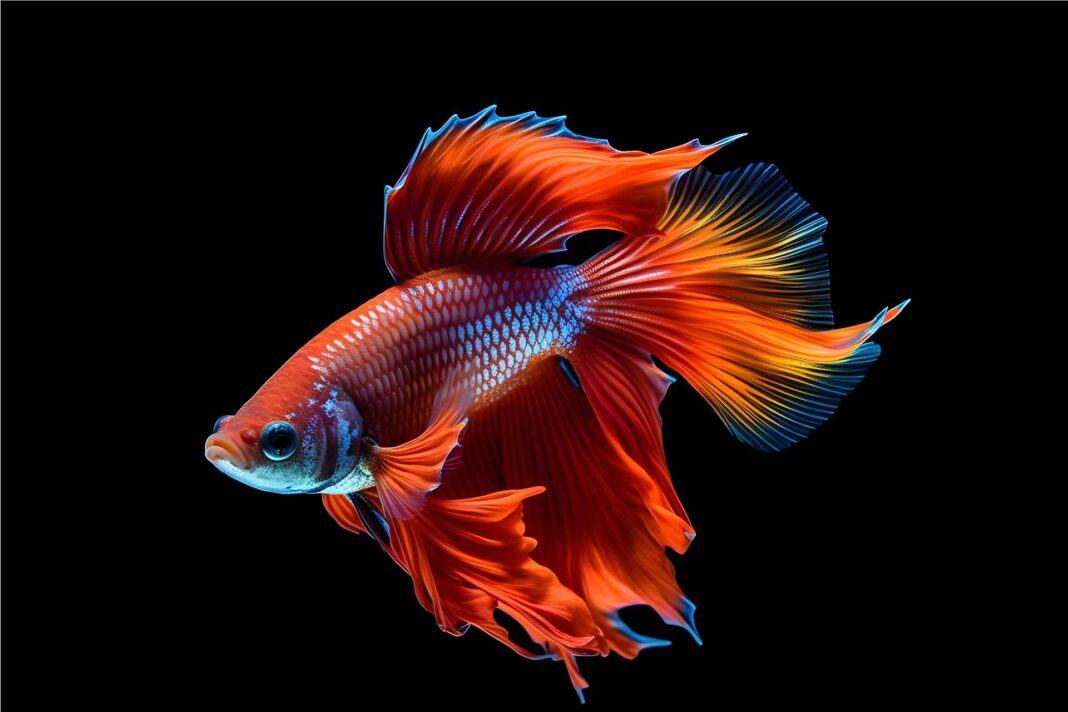The Betta Splendens, commonly known as Siamese fighting fish, is an aquarium icon thanks to its stunning beauty and remarkably complex behaviour
Blending the grace of martial arts and the flow of calligraphy, the movements of the Betta Splendens are a living work of art. Its long flowing fins shimmer like a silk scarf and its rainbow colours mesmerise as it glides through the water – especially in males, which typically boast even more striking features. Bettas are also remarkably intelligent, able to recognise their carers, react to their surroundings and build bubble nests as part of their mating ritual.
Native to the marshes and rice paddies of Southeast Asia, these freshwater fish inhabit wetlands with fluctuating water levels, particularly in Thailand (formerly Siam) and Cambodia. As a type of anabantid fish, they possess the unique ability to breathe oxygen directly from the air. However, as pets, a well-oxygenated aquarium is essential for their health.
Historically, and occasionally still today, the males’ aggressive nature was exploited in ritualised fights. Nowadays, they are celebrated for their beauty, making them a popular addition to home aquariums, but only in experienced hands. While a group of females can coexist peacefully under certain conditions, keeping two males together guarantees conflict. Like a duel in a Western film, there is only ever room for one. Fierce as fighting cocks, they are often best kept alone.
Extensive selective breeding has led to over seventy distinct varieties. These include the hybrid androide (or lagoon) type; the veil-tail (one of the most common); the double veil-tail; the dragon (distinguished by its large scales); the crown (one of the smallest, with a 7 cm body and fins reaching 20 cm); the halfmoon (named for its tail shape); the nemo (where yellow is the dominant colour); and the plakat or pitbull, known for their greater aggression, even in females, and rarity.
Such visual splendour comes at a price: they require careful and attentive care. A simple tank of water is not enough. It requires an aquarium with clean water, a neutral pH (6.5 to 7), soft to moderately hard water, a consistent temperature between 25 and 27° C (as they are tropical fish), and sufficient space.
Although technically omnivorous, it prefers a carnivorous diet; consuming larvae, mosquitoes, other insects and their eggs. Its food requirements are proportional to its size; in captivity, they typically require five pellets or small portions every fifteen hours.



